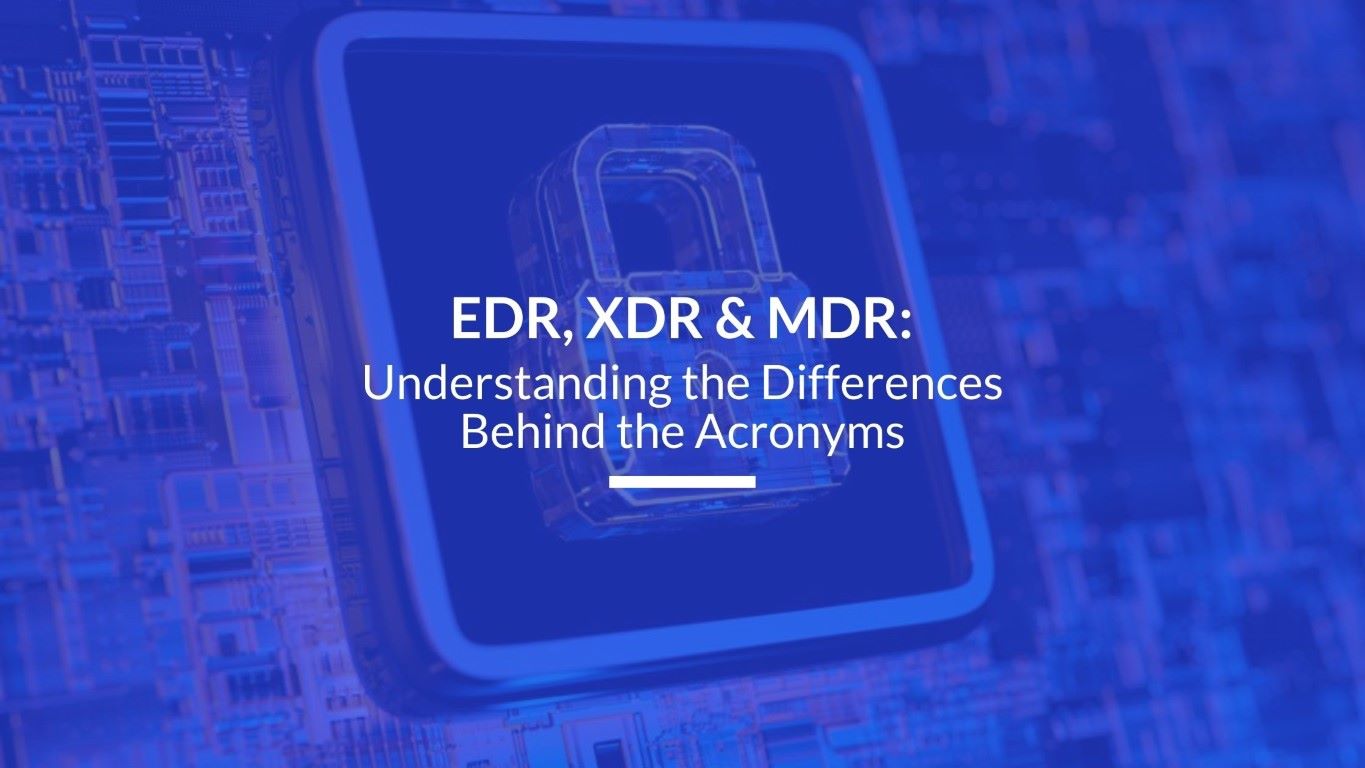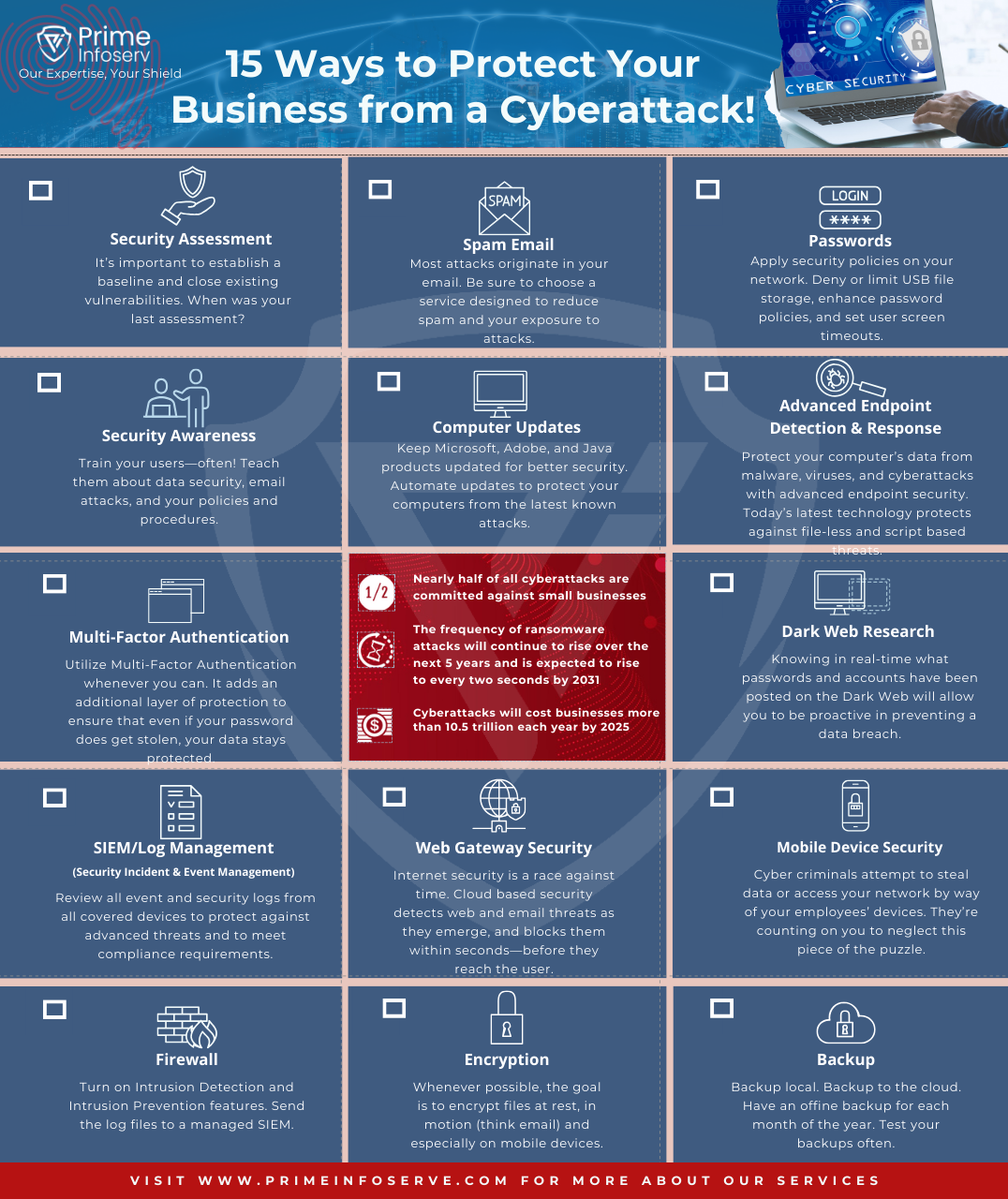IT departments face a lot of challenge on a daily basis and one of them is navigating the vendor landscape. Navigating the vendor landscape may seem even more challenging when detection and response solutions are particularly looked at. What makes it even more challenging is the fact that the cybersecurity industry relies heavily on acronyms.
What is EDR, MDR and XDR?
EDR, MDR and XDR are three endpoint security technologies which are emerging at the moment. These are developed for the purpose of providing greater visibility, scope for advanced threat detection and response across all corporate endpoints. Workforces are nowadays much dispersed in nature and yet, 70% of all breaches are still believed to occurring at the endpoint. This little statistics tells us that it is absolutely necessary for IT departments to significantly increase their visibility and also have the scope to remediate threats from remote locations.
Endpoint Detection and Response (EDR)
Traditional endpoint security measures are extremely reactive in nature. The way they detect potential threats to the security infrastructure is by matching signatures they already have a record of and patterns of attack. EDR on the contrary works based on a model that is predictive. EDR mainly focuses on identifying threats which are not only advanced but are also persistent. EDR also focuses on resisting malware that are designed to evade traditional security defences. Majority of the EDR solutions use the combination of cyber threat intelligence, capabilities bordering on machine learning and file analysis which is advanced in nature. EDR solutions have the capability of recording and storing queries, behaviours and security events. This not only gives cybersecurity teams the scope and ability to detect but also analyse suspicious activities over a period of time. EDR is equipped contain the malware by isolating it in case of a detection or a breach. EDR looks to understand the behaviour of the malware by detonating the malicious file in a sandbox which is a safe environment. EDR is fully capable of assisting in conducting an extensive root cause analysis and also help with a comparatively quicker incident response than traditional systems.
Extended Detection and Response (XDR)
Extended Detection and Response or XDR is a much more evolved and all-encompassing, cross-platform way of approaching endpoint detection and response. EDR works by collecting suspicious activities and doing a comparative study of them across multiple endpoints, XDR, on the other hand comes with a much broader scope of detection which goes beyond endpoints. XDR is fully capable of analysing data which exists across endpoints, networks, servers, cloud workloads, SIEM, etc. XDR has brought to the forefront a unified and focused outlook across multiple tools and attack vectors. XDR is fully equipped and capable of sifting through thousands of information logs. XDR works by using artificial intelligence, machine learning and automation. XDR has a very profound objective which is to supply the security teams with alerts which are extremely accurate and have sufficient context so that the security team can easily grasp what is going on.
Managed Detection and Response (MDR)
It must be noted that MDR is not a technological solution, it is a managed service which is sometimes delivered by a managed security service provider or MSSP who is trusted. MDR is of immense importance and great value to organizations who usually operate with limited resources and also lack the expertise and infrastructure to develop a system which is capable of continuously monitoring for any potential attacks. MDR services are not specifically technological in nature but they are instead defined by security goals and outcomes which are specific. MDR providers usually provides a number of tools which are used for the purpose of cybersecurity.
Hope this helped you understanding the EDR in detail. For more query, visit our website https://primeinfoserv.com or write to us at info@primeinfoserv.com





